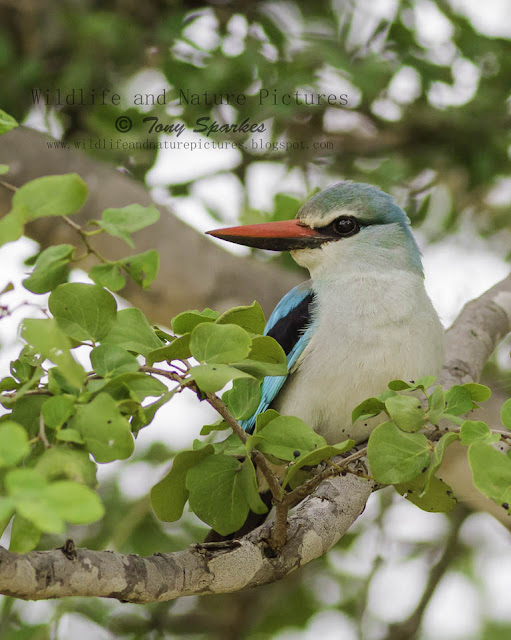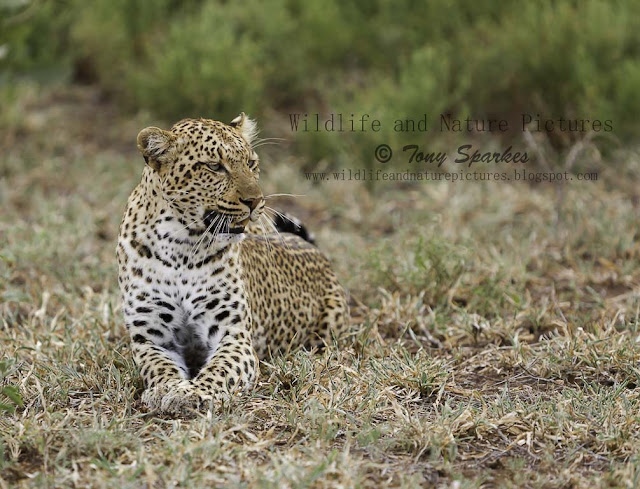Natures Wonders of Bird Migration (Part 1)
At this time of the year humans around the world are in either their mid winter or mid summer period, dependent on which hemisphere you live in. One phenomenon which mother nature provides for some of her wildlife is the unquestionable urge and the ability to migrate (to journey between different areas at specific times of the year) from adverse unfavorable conditions (normally scarcity of food or favorable breeding/living conditions). Wildlife like natures animals, fish and even humans carryout this annual/seasonal act. This is however no better demonstrated than in the migration of birds. This migration as far as birds are concerned is generally started in the Autumn in either hemisphere before the winter conditions set in, in their location or area.
Here in South Africa its no different, most of the summer migrants have already arrived from various parts of the world. I will explain in a bit better detail in further posts but we basically have the following besides our resident birds, breeding and non breeding migrants, these are further broken down into two further categories as far as South Africa is concerned, Palaearctic African Migrants and Intra-African Migrants, and the common and uncommon 'Vagrants'.
Below you will see a 'Woodland Kingfisher' which is a Inter-African Migrant, which I shall talk about in my next post.
Below you will see a 'Woodland Kingfisher' which is a Inter-African Migrant, which I shall talk about in my next post.
 |
| This 'Woodland Kingfisher' is a Summer Intra-African Migrant to South Africa |


